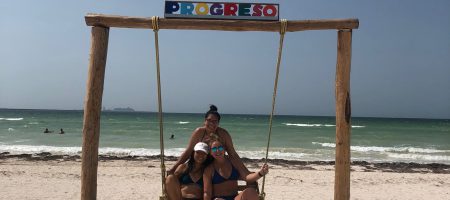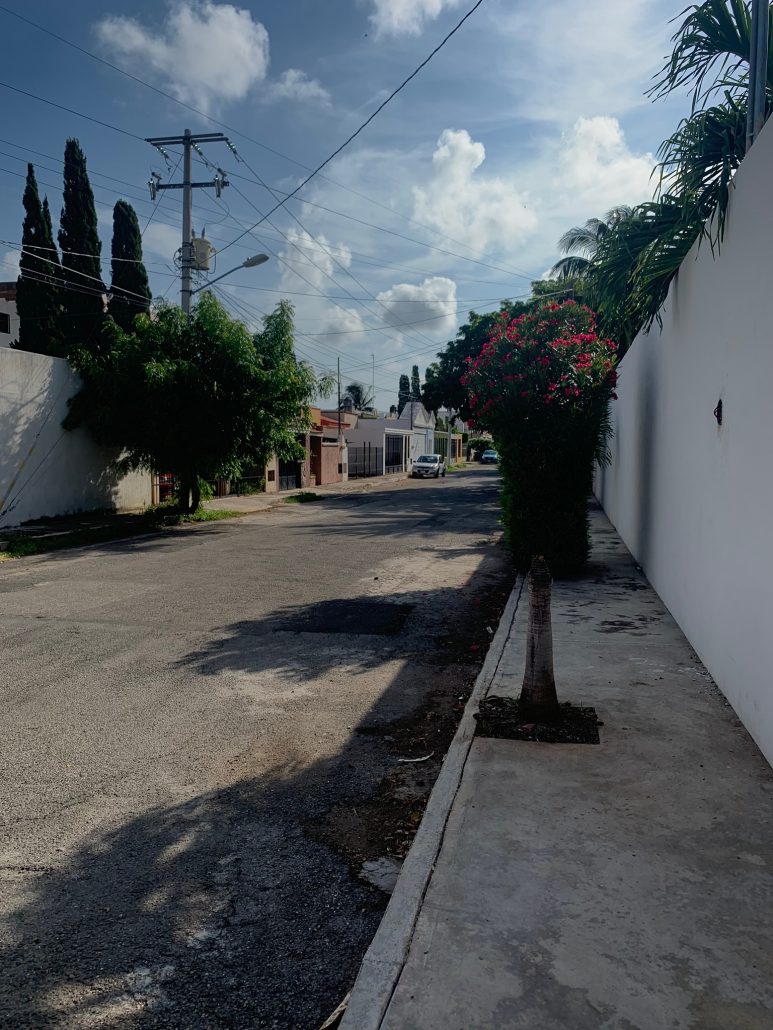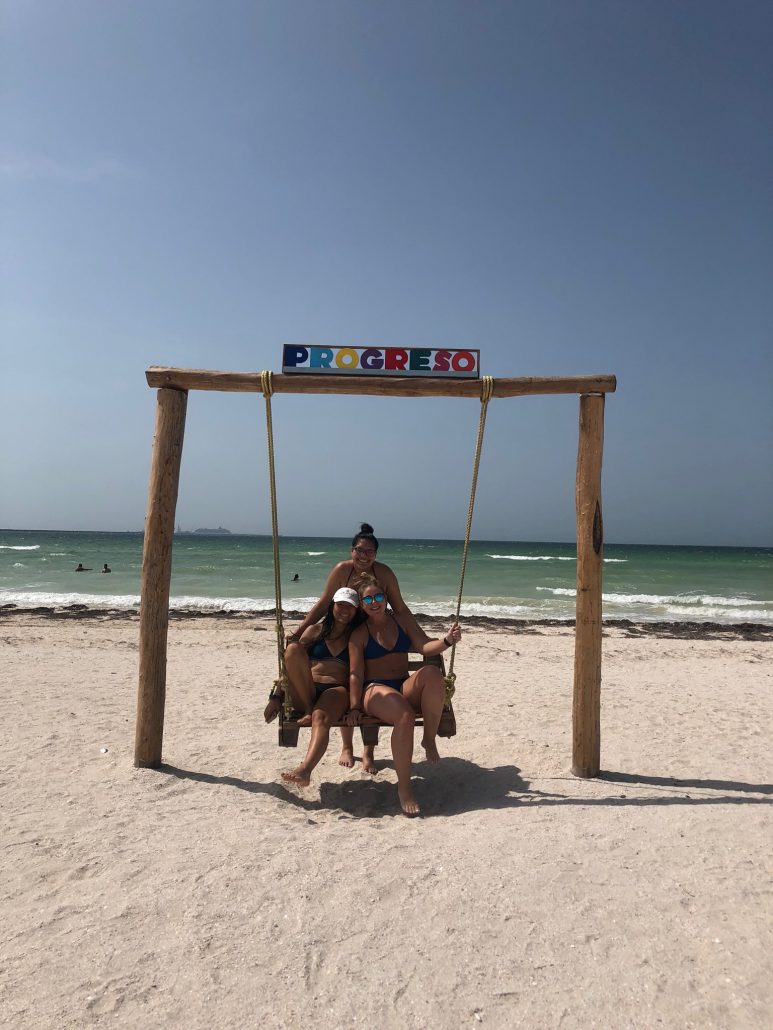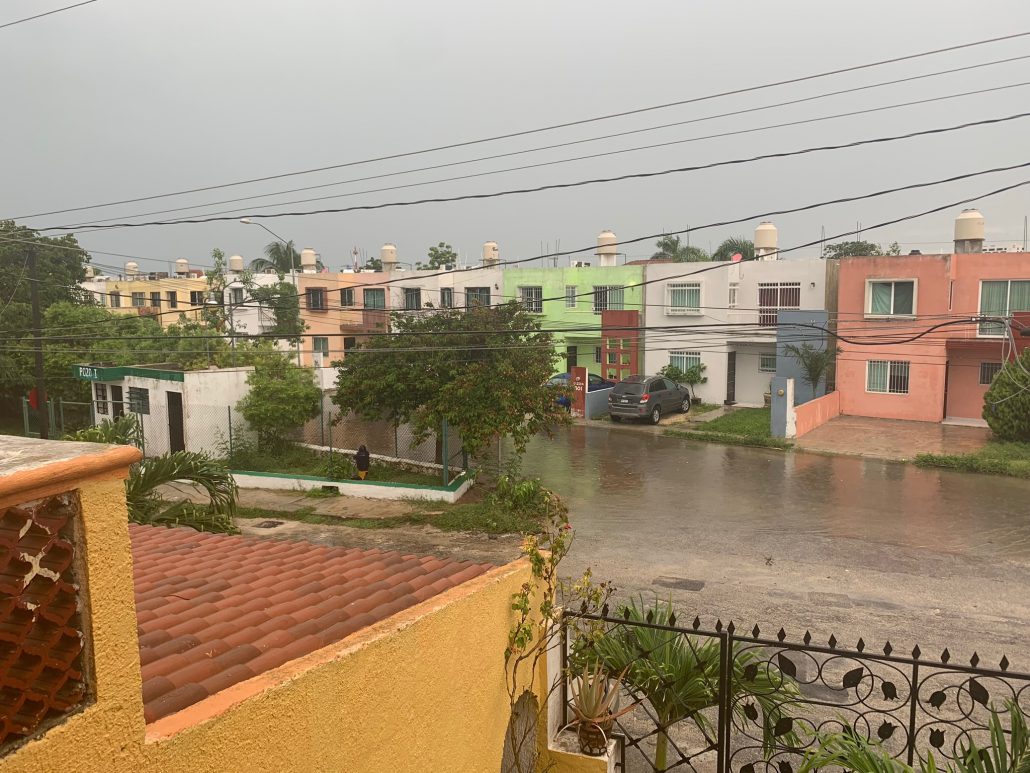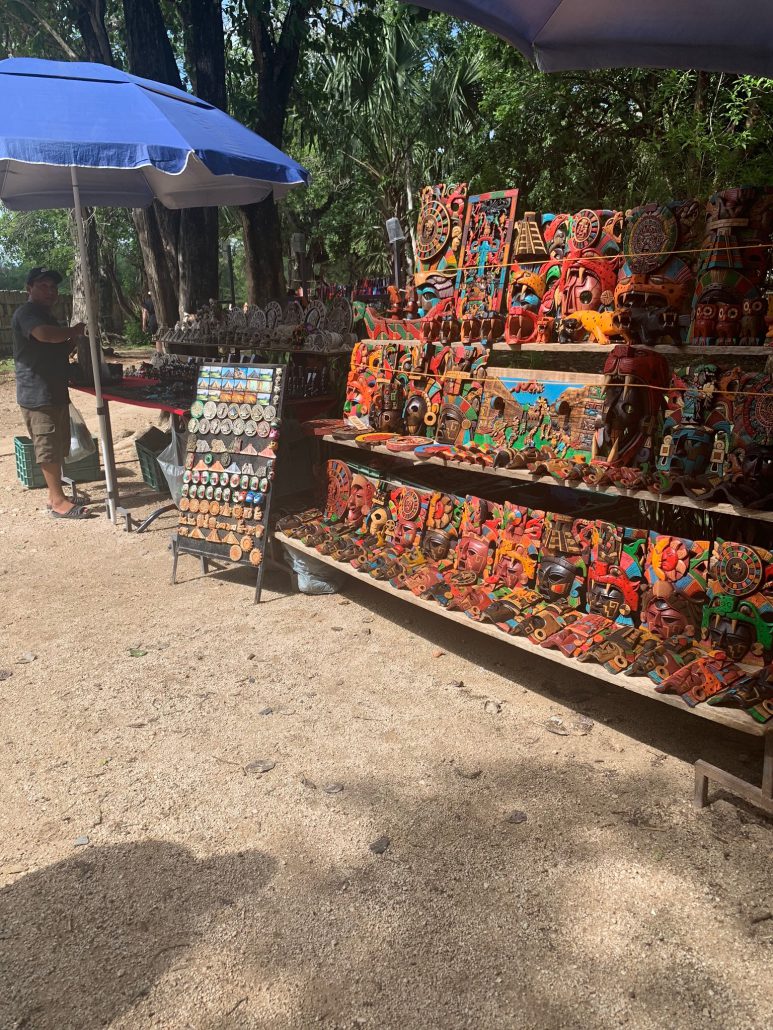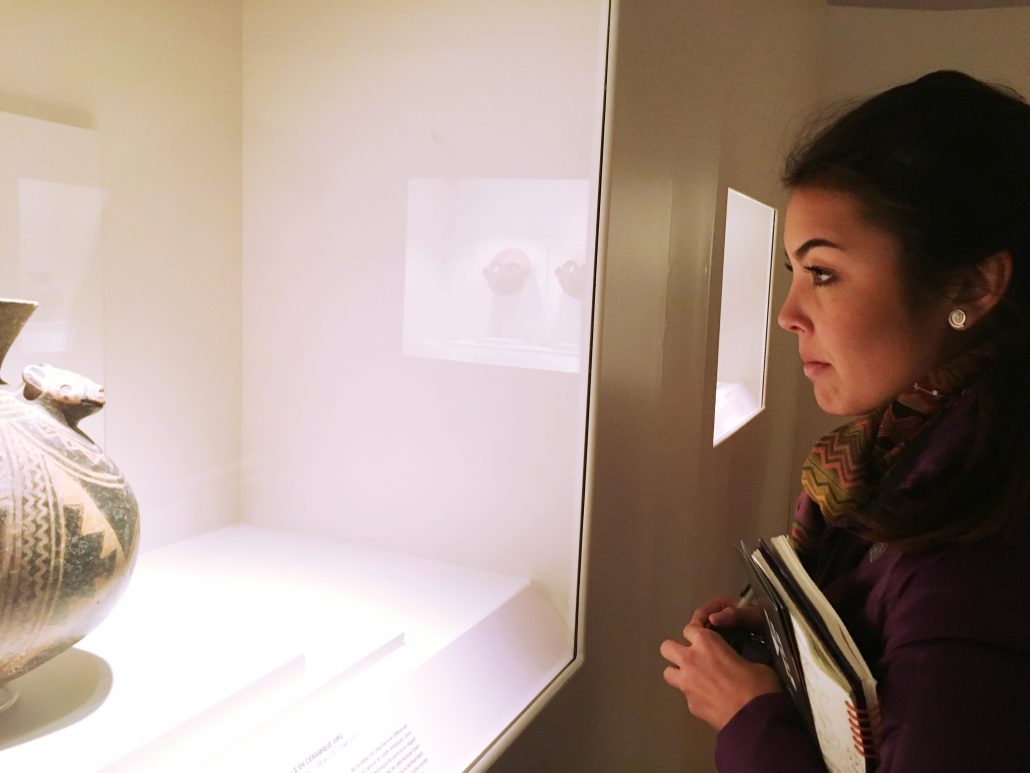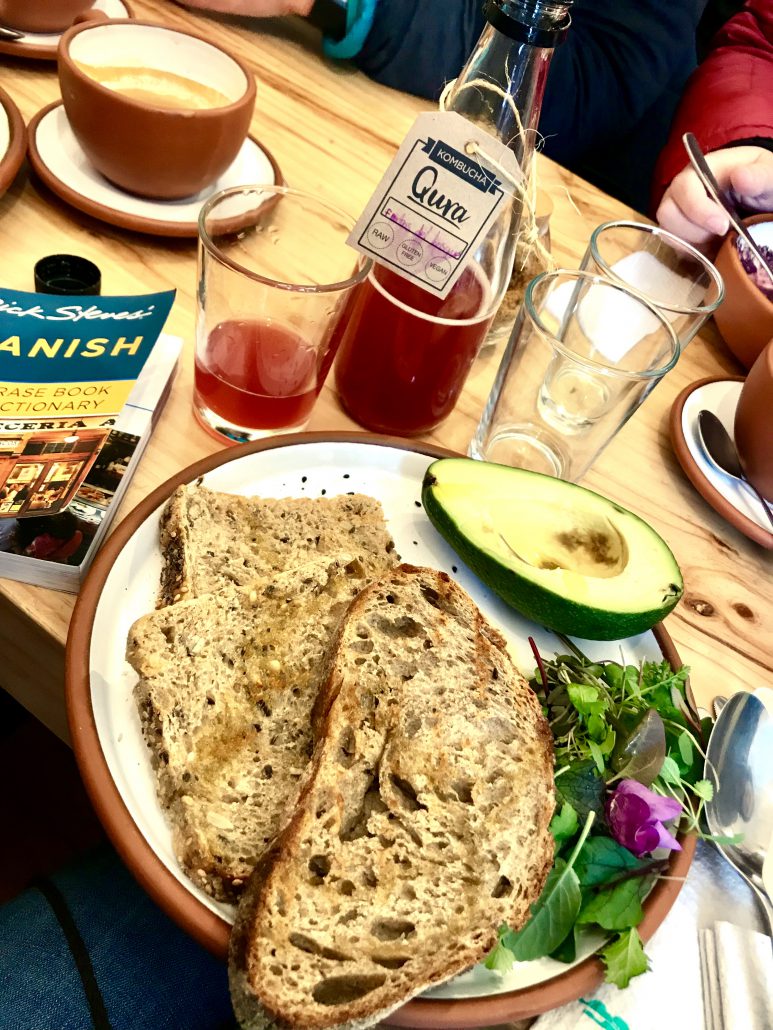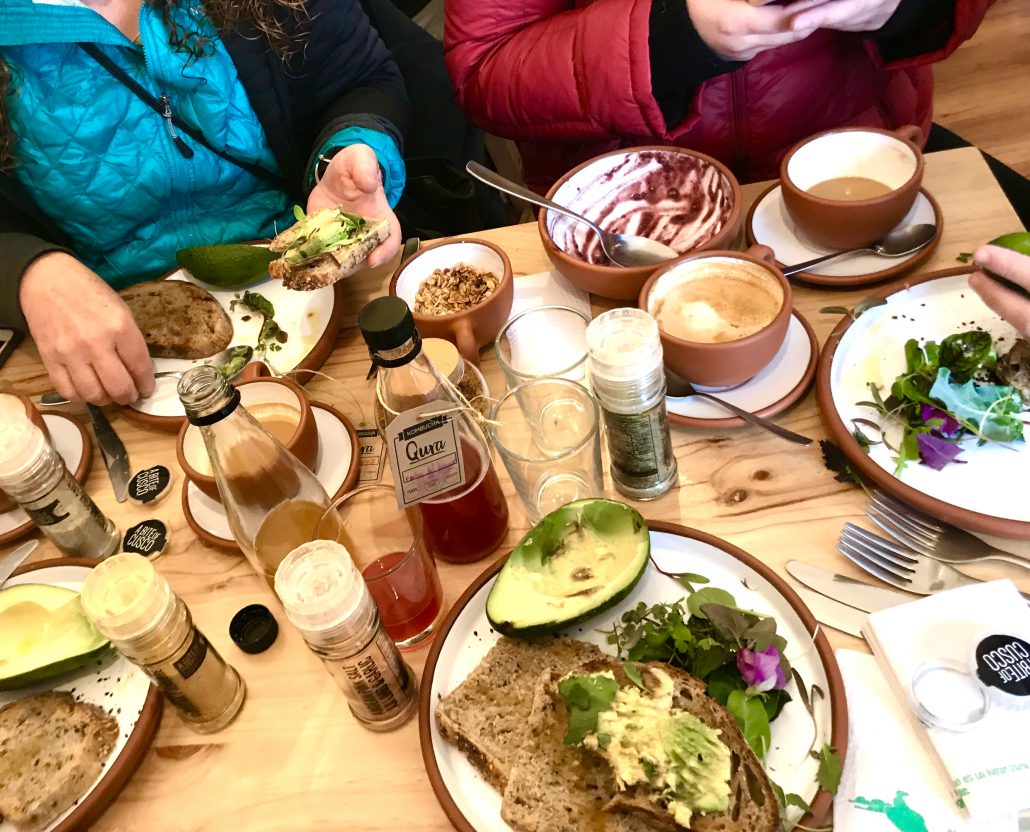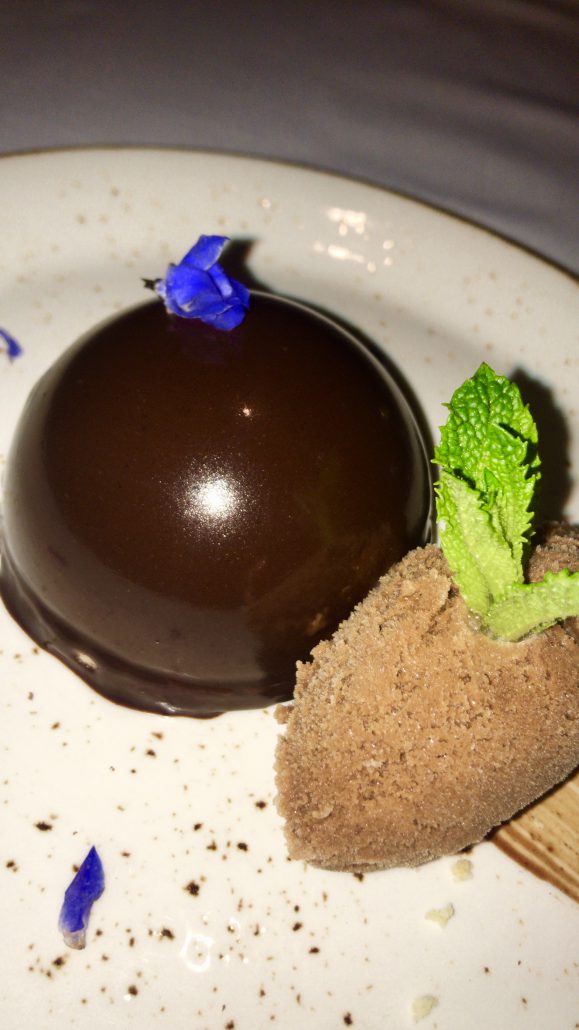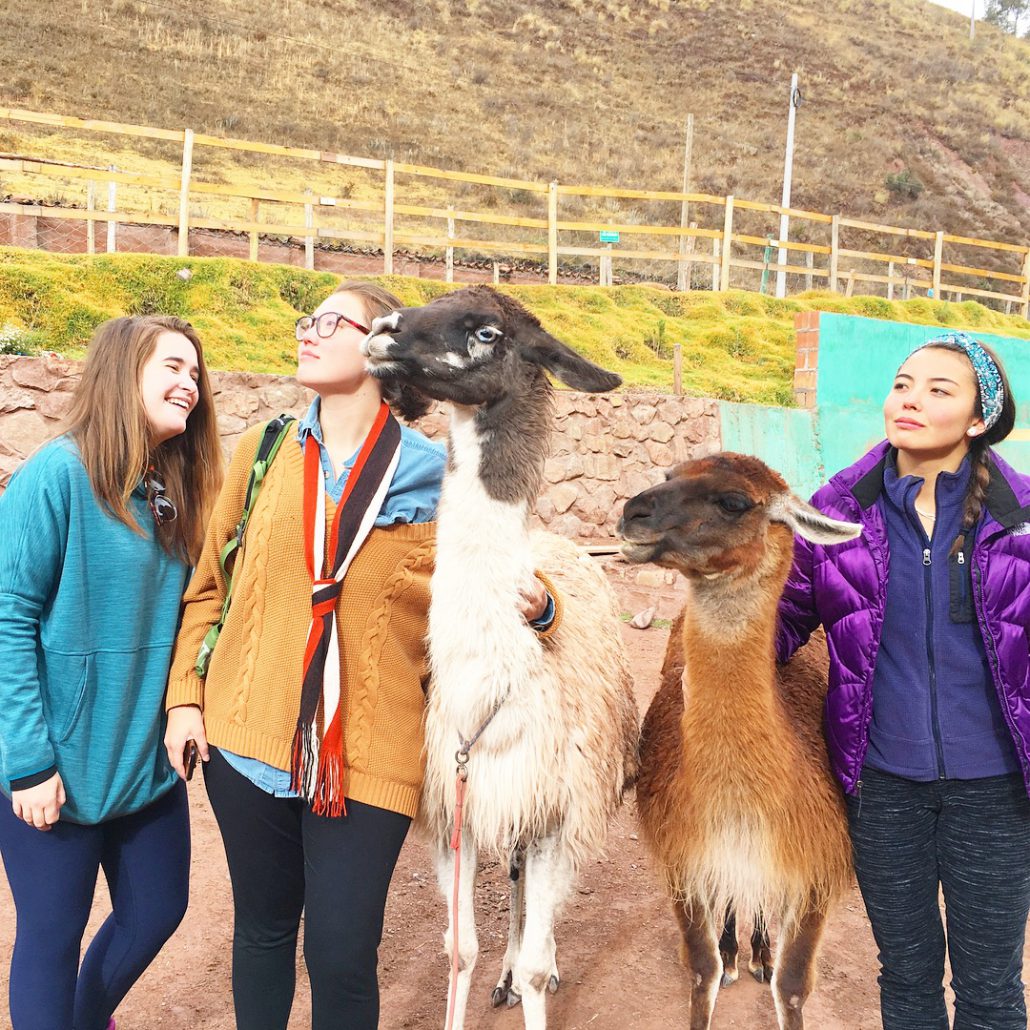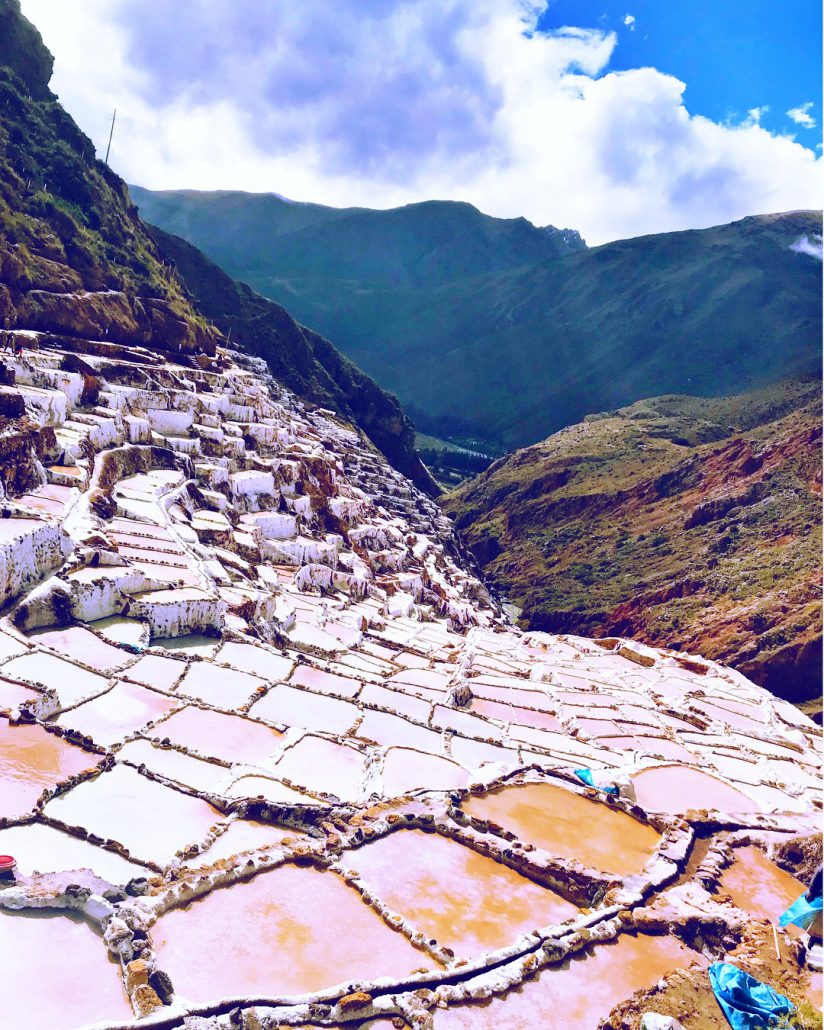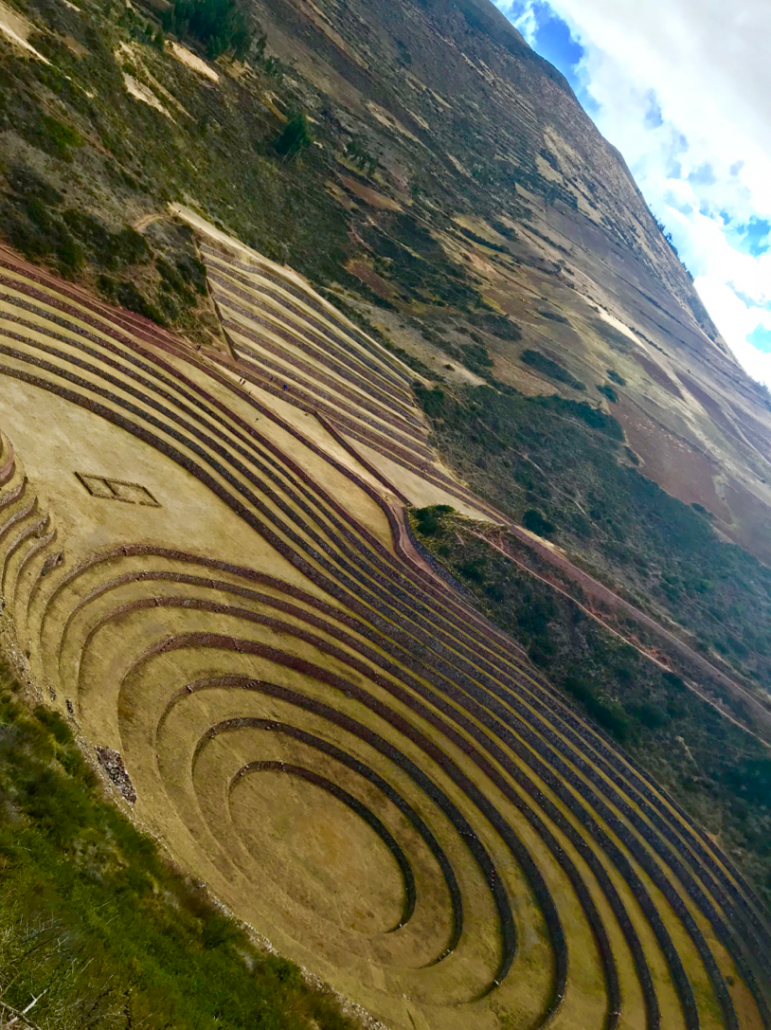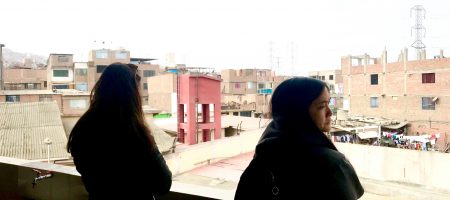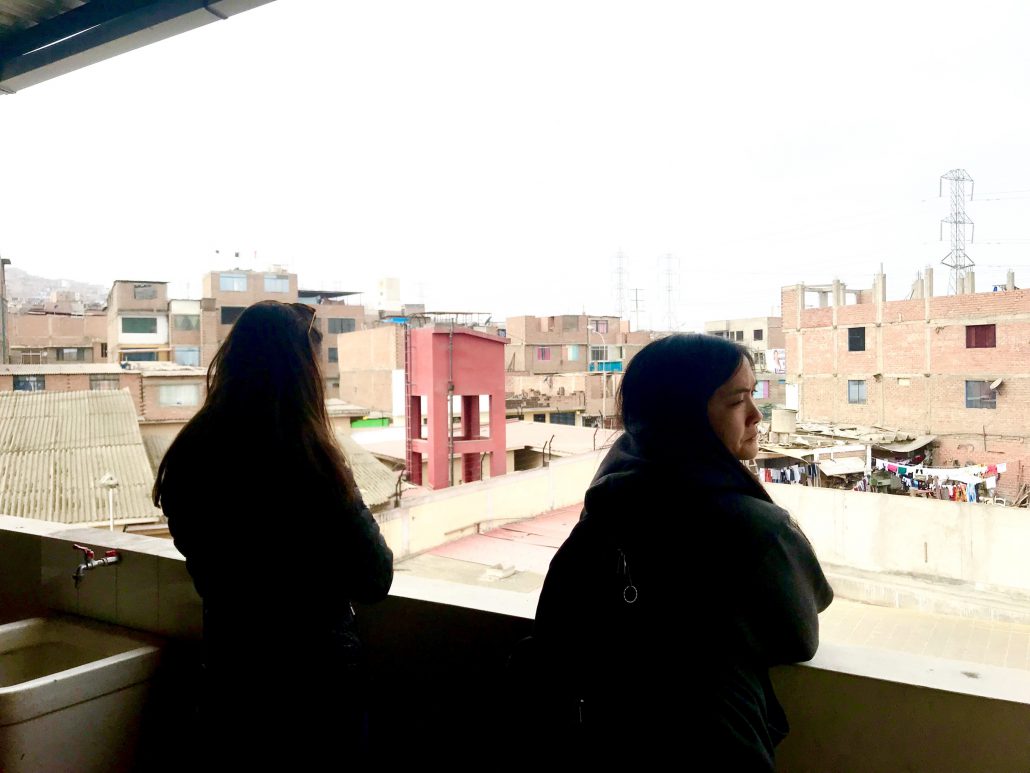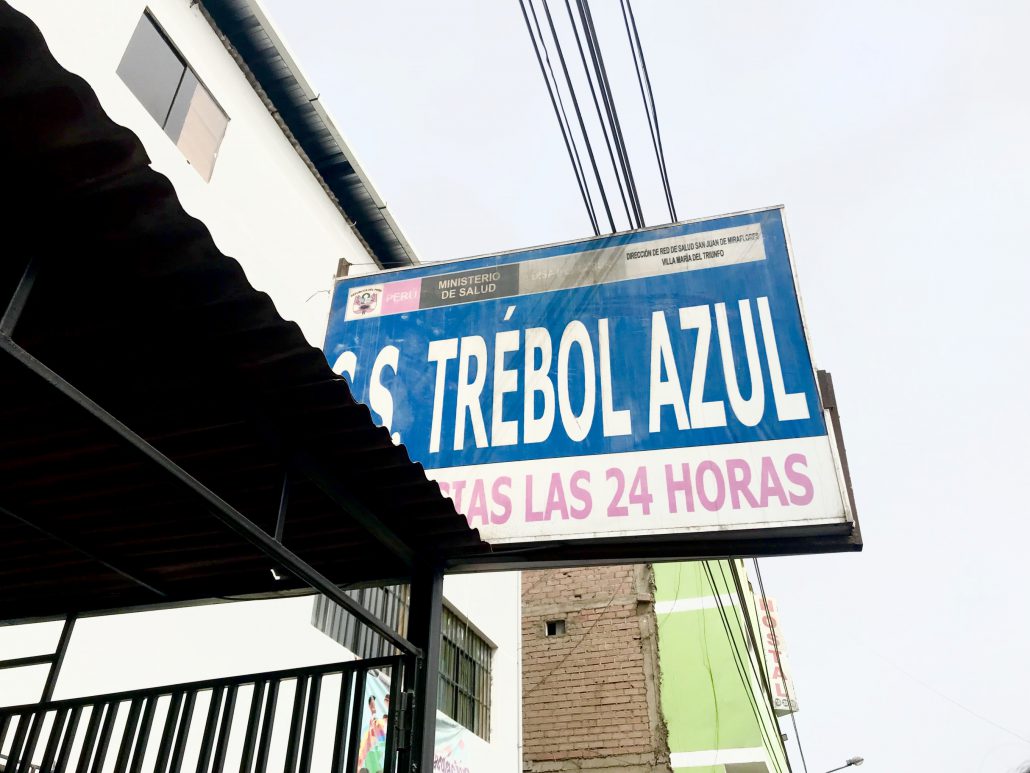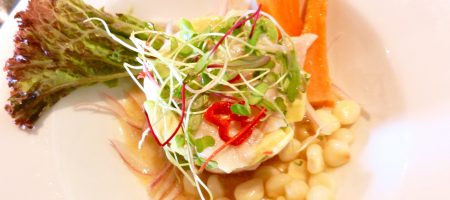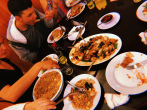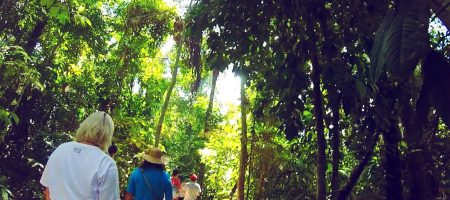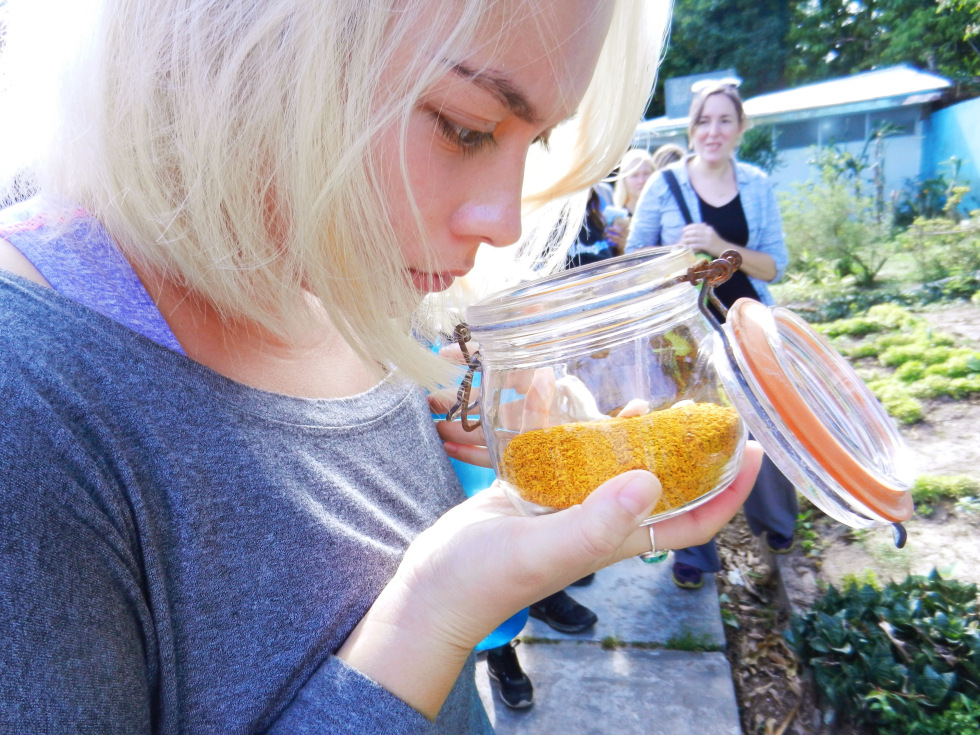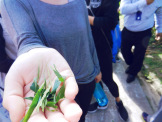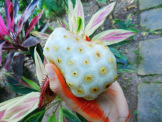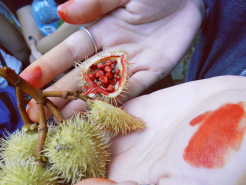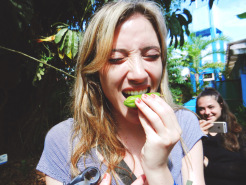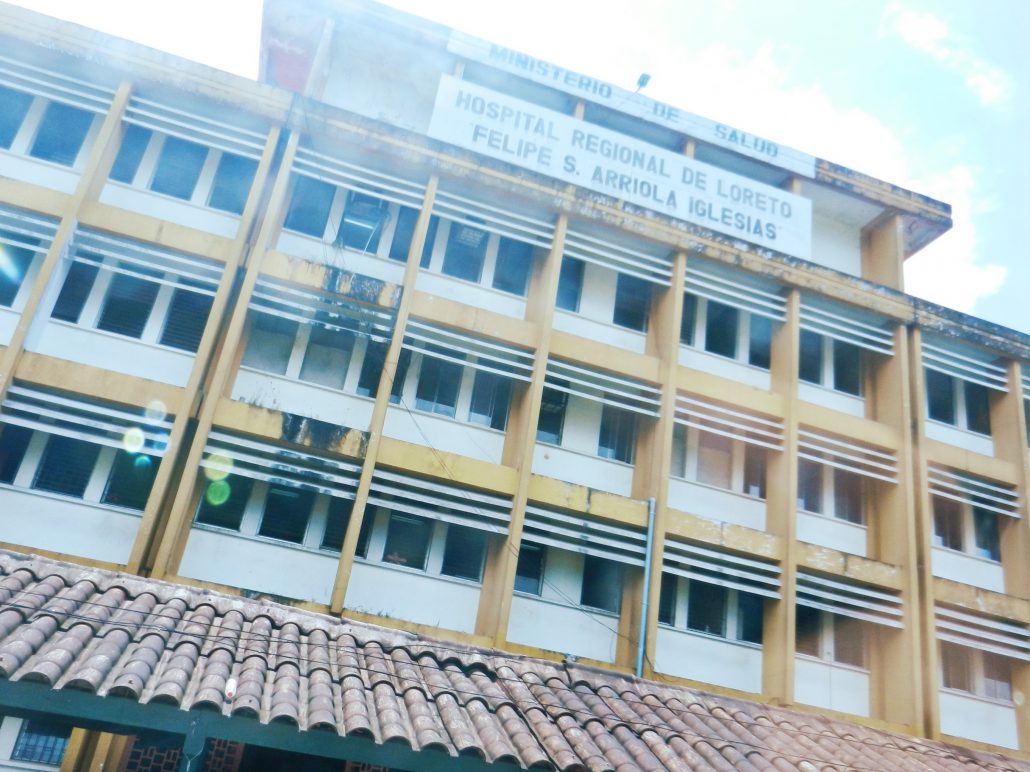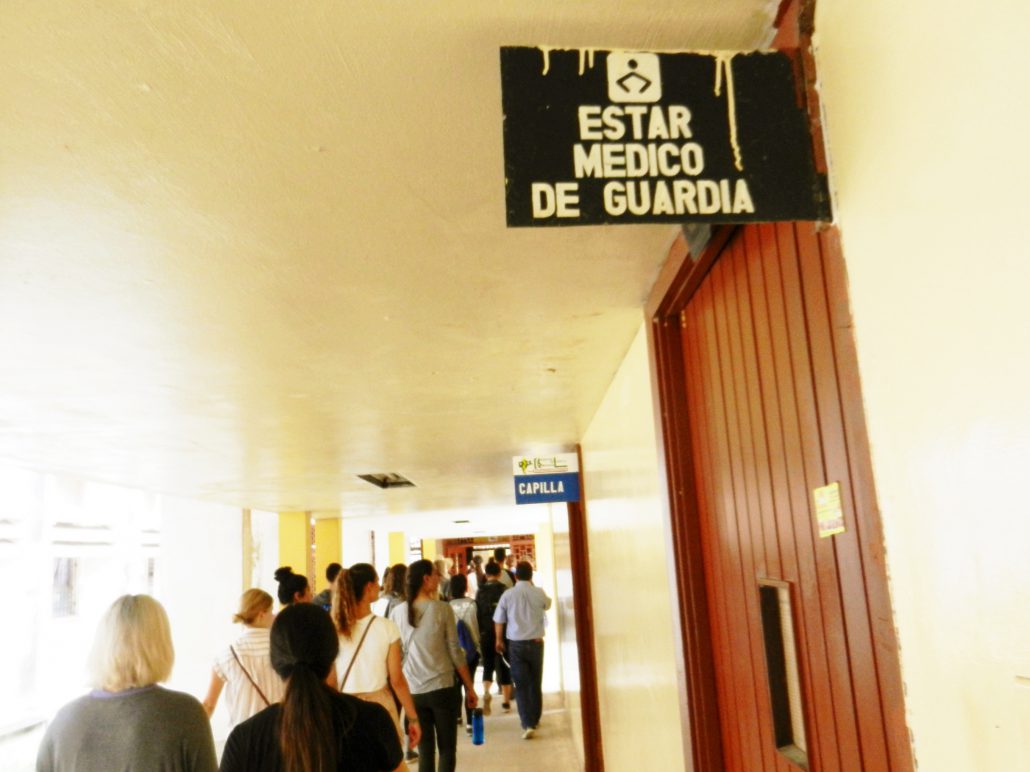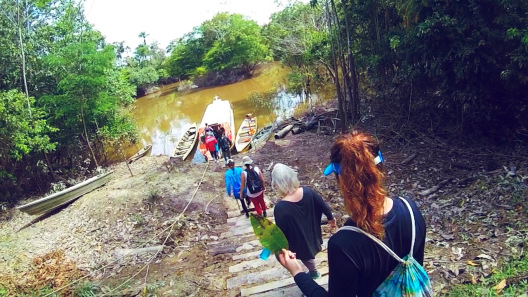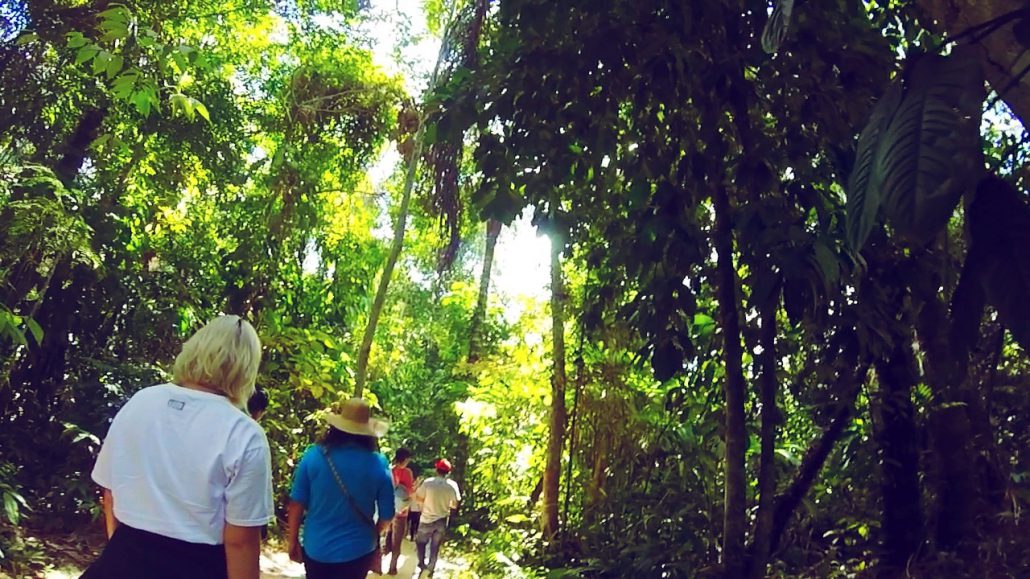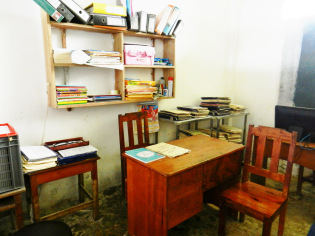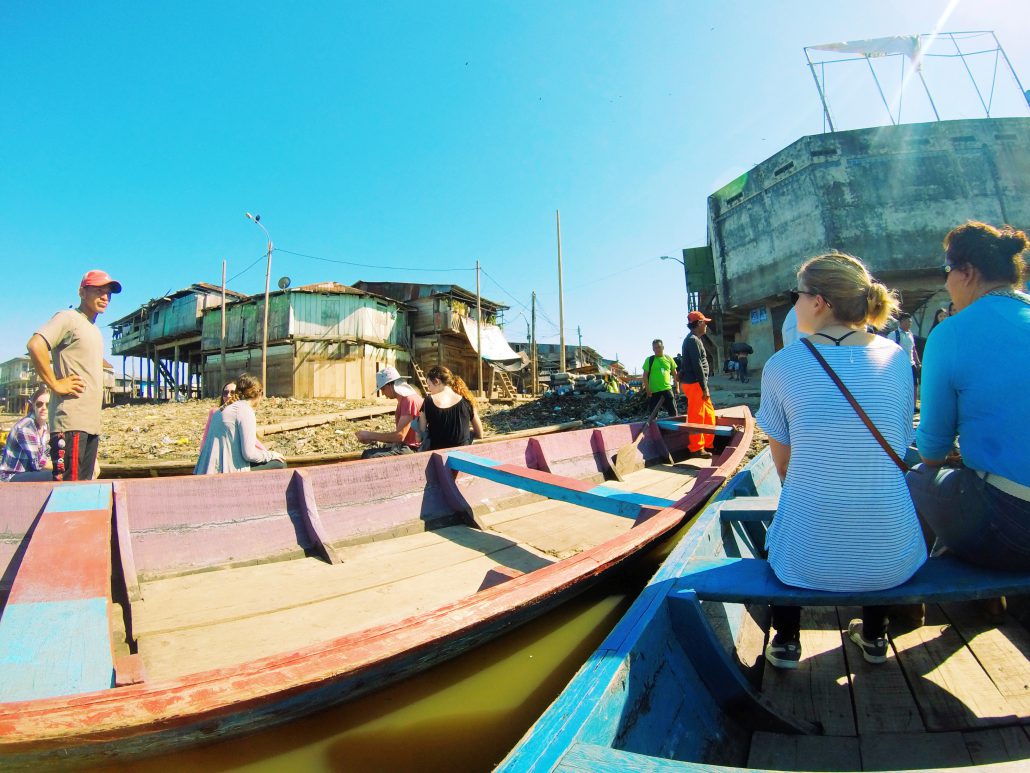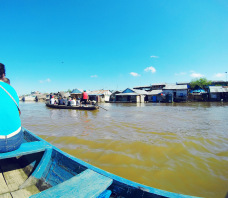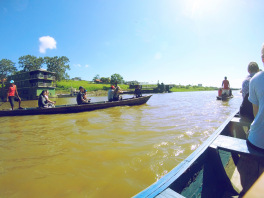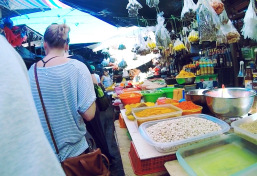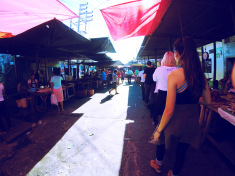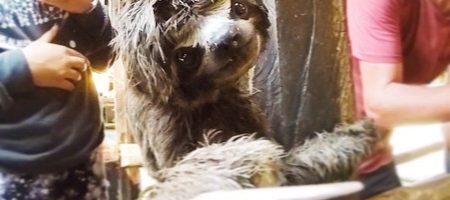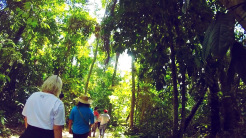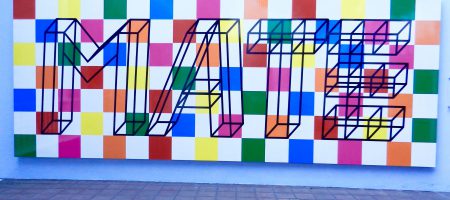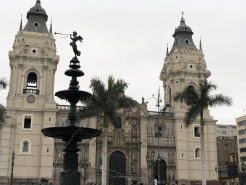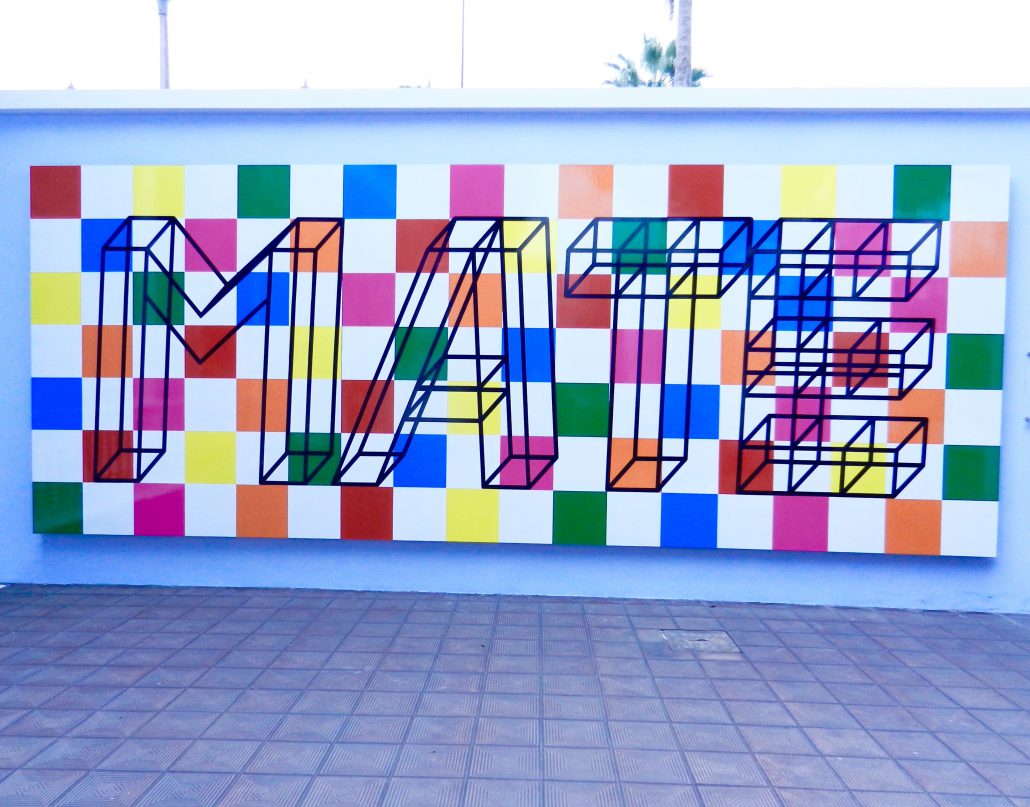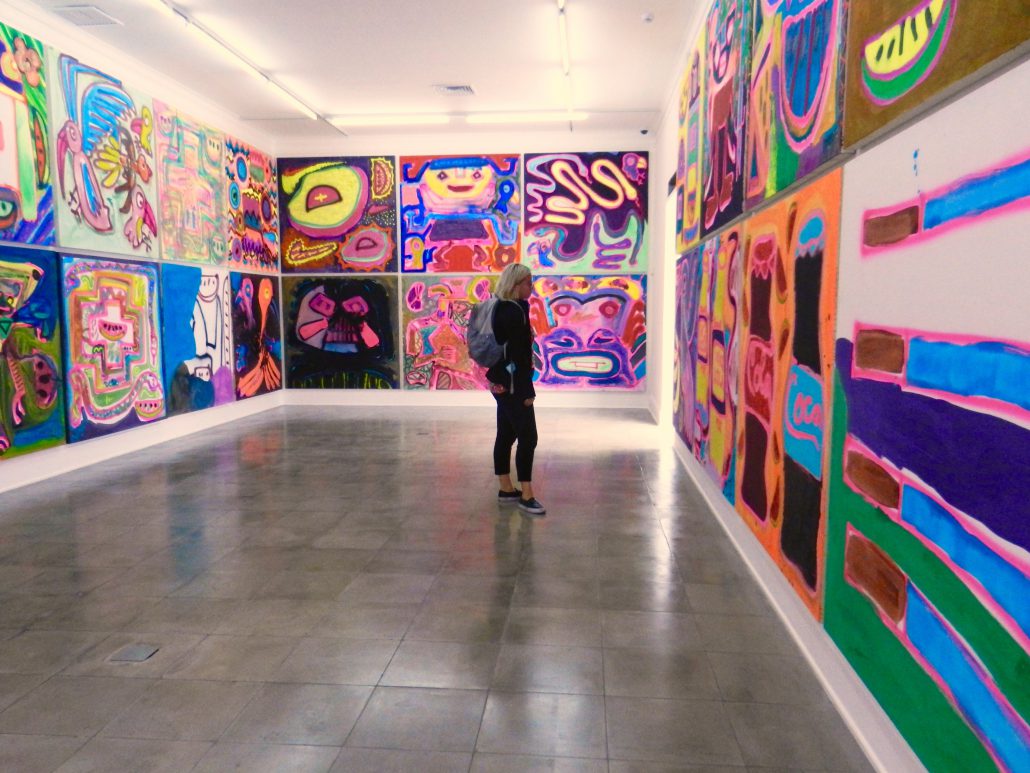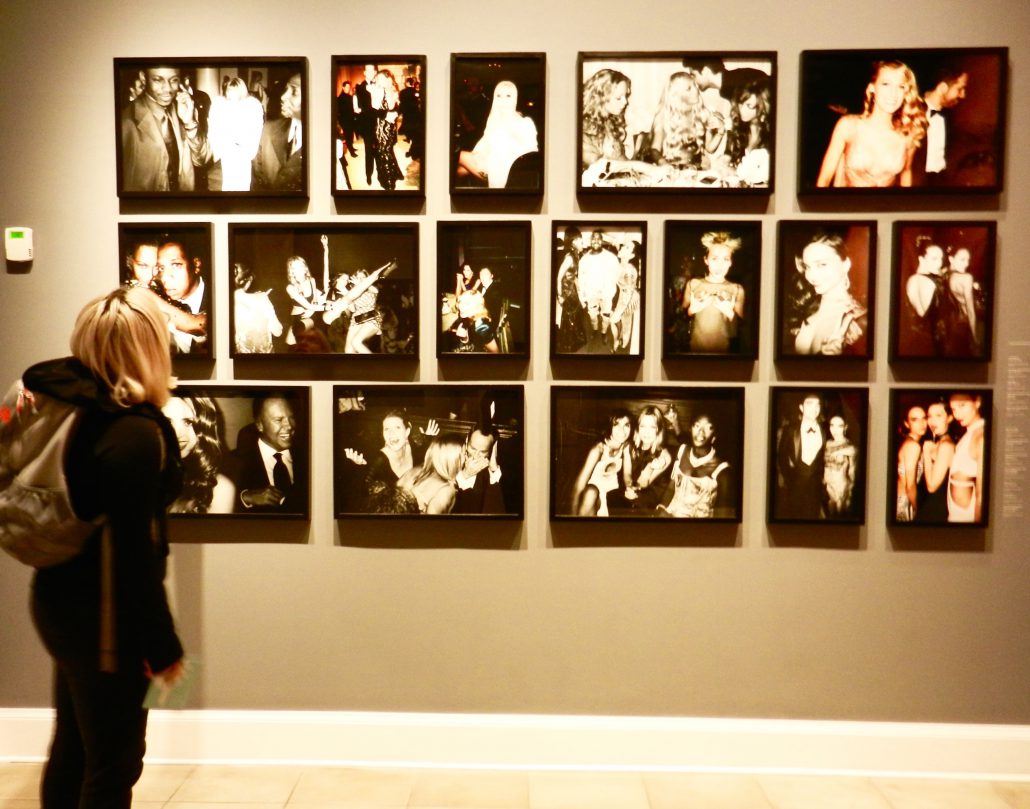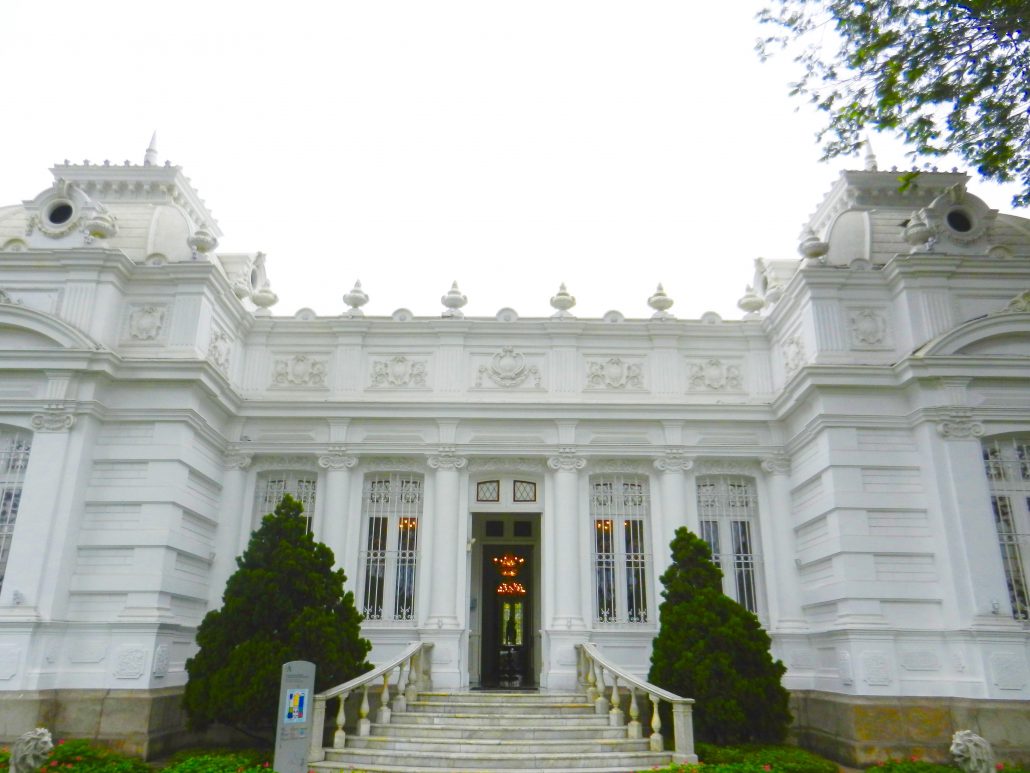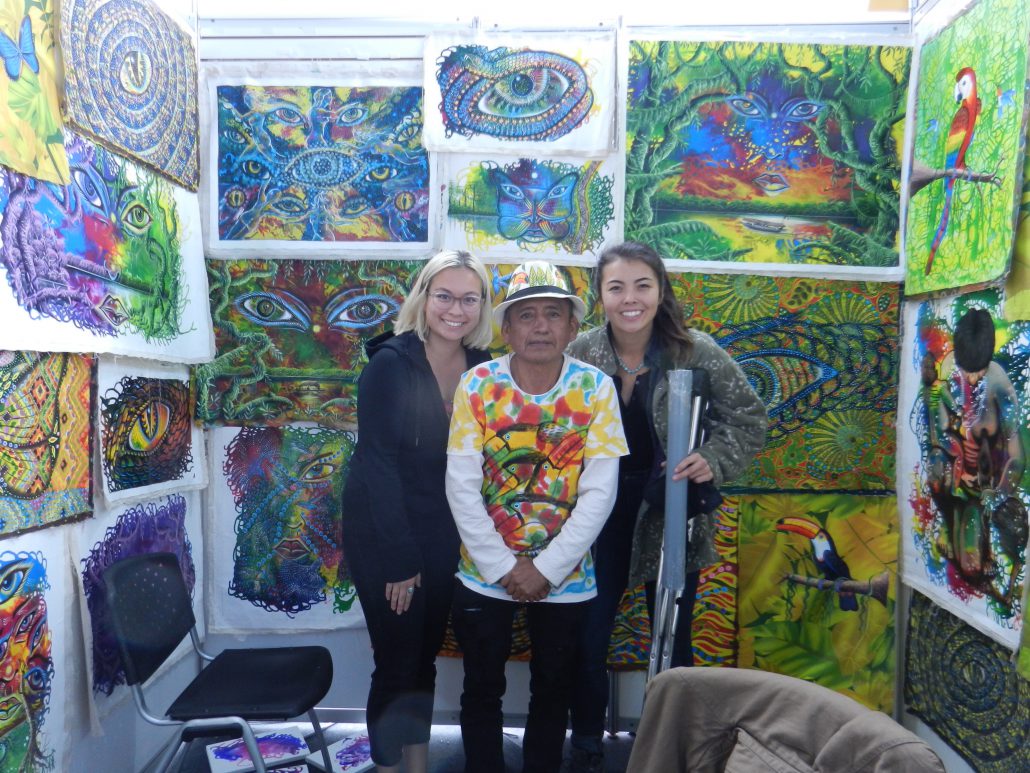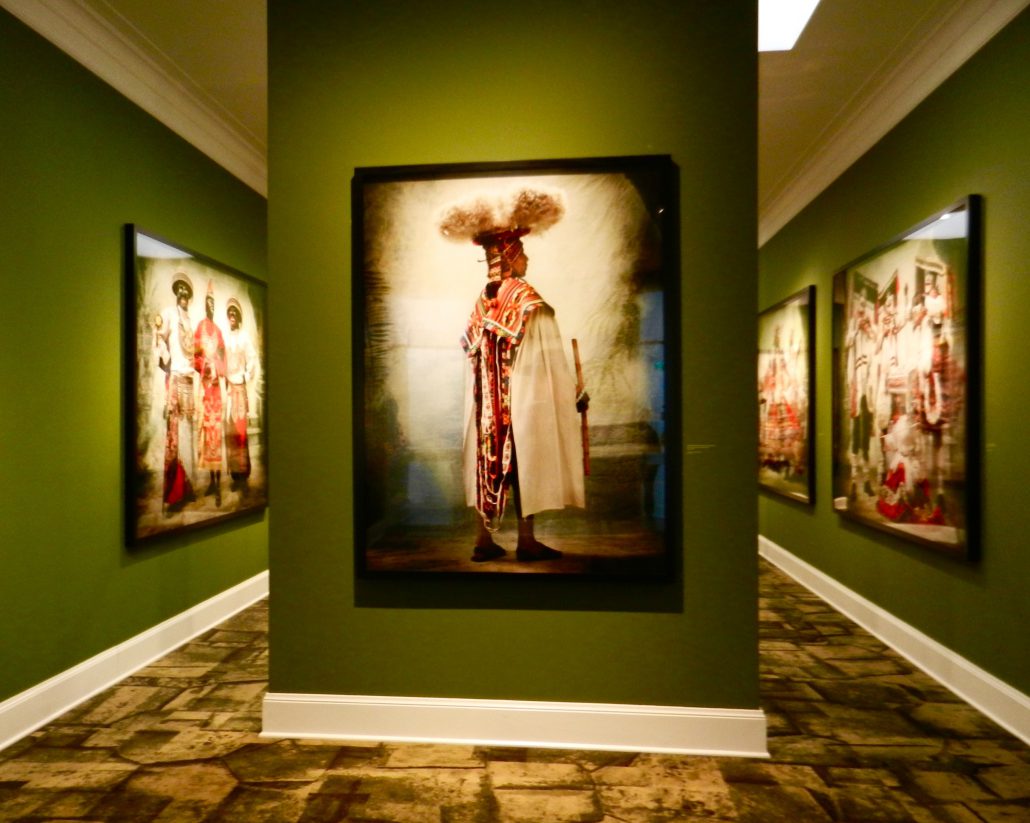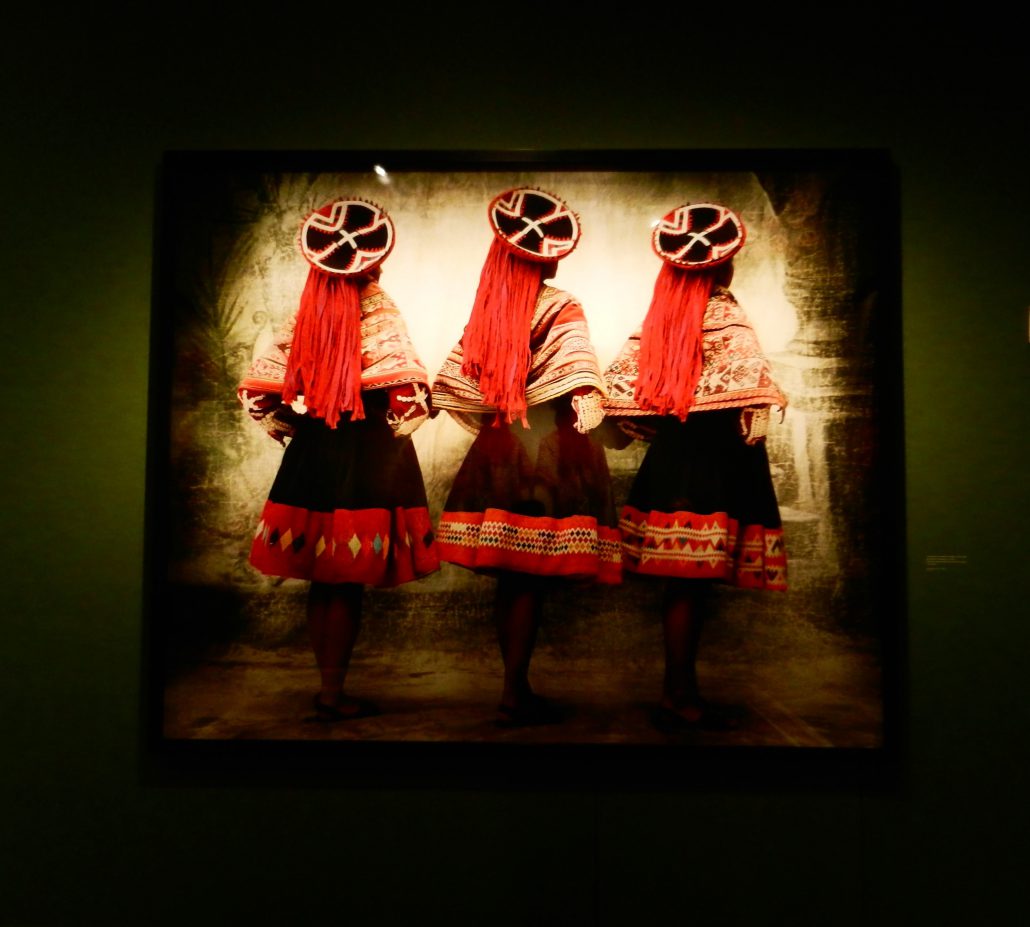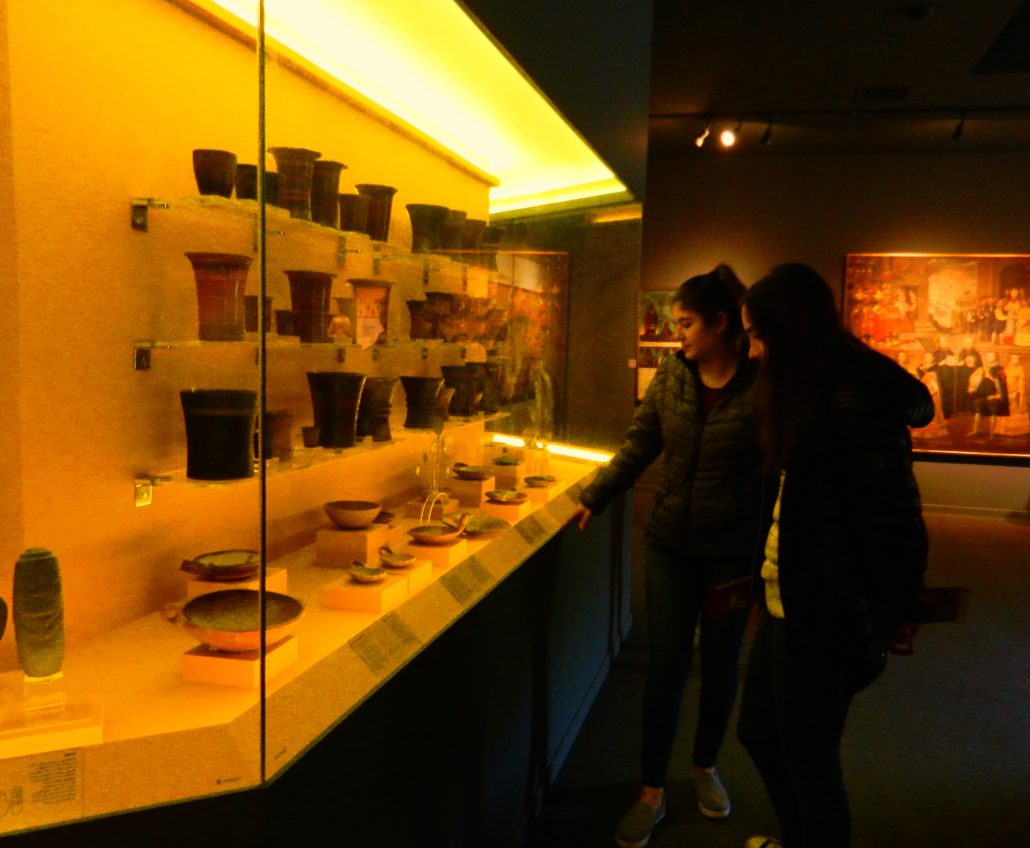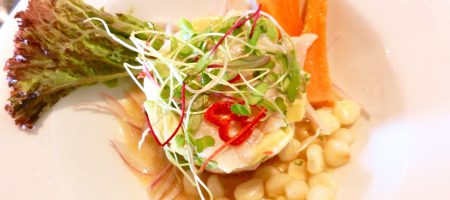Mexico | First Few Days…
By Andrea Zheng
Greetings from Mexico! Today is the second day I’m in Mexico as I landed last night. I met my mamá right off the plane and she even had a little sign made for me (how cute!). Driving back to the house, she started introducing herself, telling me about Merida, and what to expect for my next month to come. My Spanish was a little rusty to say the least, but she was very nice about explaining words that I didn’t know or repeating things until I understood what was going on.
On this second day, we met at the school that we are going to be having classes in, Tecnología Turística Total. This school is an adorable niche that you wouldn’t expect to find in the bustling downtown of Merida. There’s a little fountain right when you walk in and a cute patio area in the back to relax during the breaks in class. Check out the Typical Day in the Life blog to read a little bit more about classes and homework for this program.
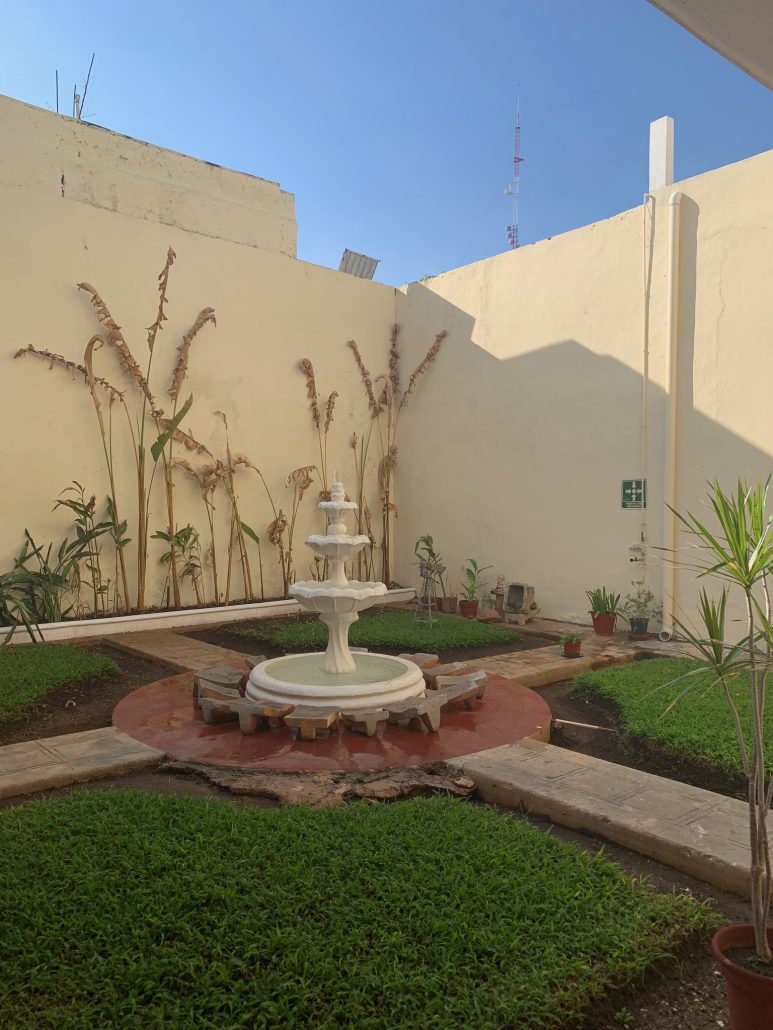
After getting a small tour of the school, it was time to go on a tour of Merida. The first stop was the Plaza Grande, which is the main plaza in downtown Merida and the site of many of the activities that the city puts on. It’s only a few blocks from school (an easy 5-minute walk) and has places where you can buy souvenirs, exchange money, or (most importantly) get ice cream. Of course, we stopped at the colorful Merida sign to take a couple pictures (more like a hundred pictures to be fair).
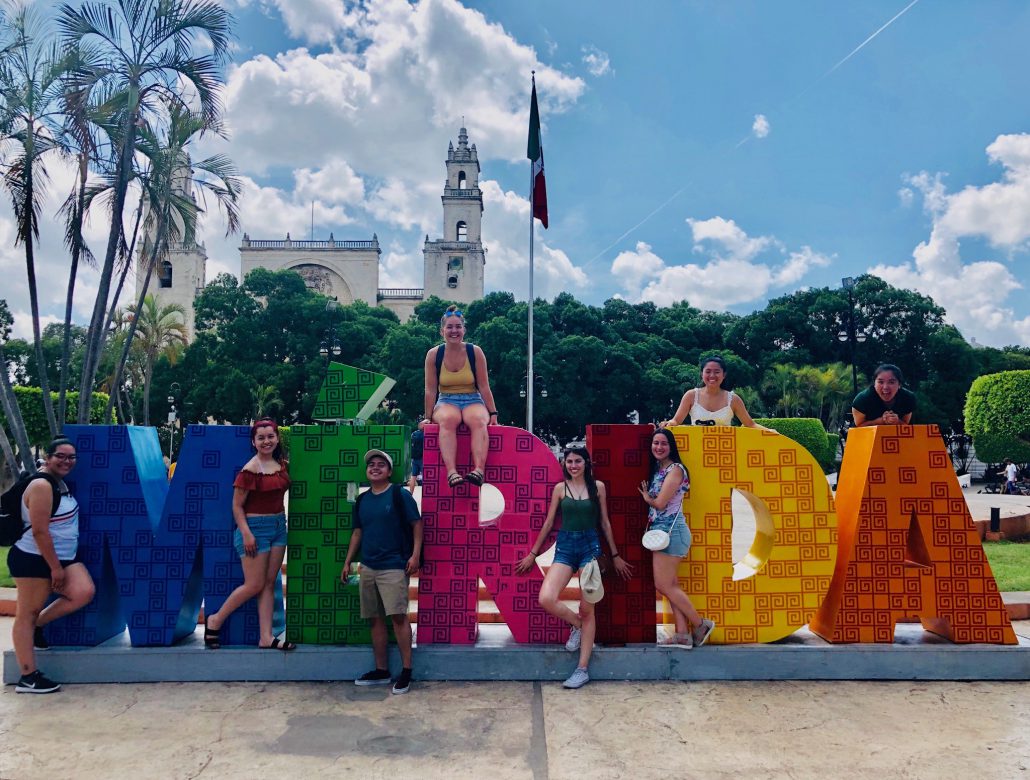
To tour the city of Merida, we hopped on an open top tour bus, which took us on a 45-minute tour of the city. For the bus, I would 100% recommend sitting at the top because it’s so much better seeing the sites (and taking pictures) when you’re not sitting behind a window. Just make sure you put on LOTS of sunscreen and keep an eye out for low hanging tree branches so you don’t get smacked in the face.
Here are some of the highlights from the tour.
Paseo de Montejo
This famous avenue is named after Francisco de Montejo, who was a Spanish conquistador who founded the city. Along the road, the light posts have cute hanging flower pots and there are many local shops, banks, and old buildings. One of these old buildings is the Quinta Montes Molina – Casa Museo, which the house of the Molina family that also functions as a museum.
ADDED NOTE: When we later got a tour of this museum a lot of the rooms had hammocks or hooks to hang hammocks and I learned that the hammock is actually the preferred method of sleep in Merida due to the ventilation it provides during the stuffy nights. (Catch me adding a hammock to my Amazon cart ASAP).
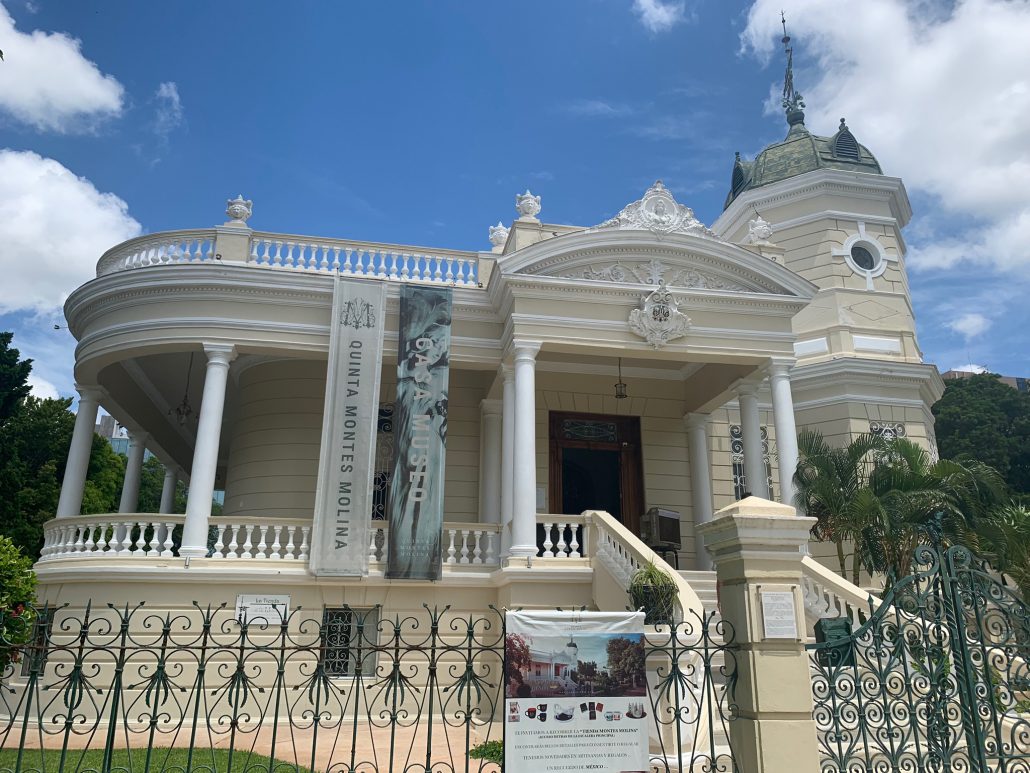
Churches in Merida
While in the downtown area, there were four different churches within a four block radius, highlighting the importance of religion in Merida. The most well-known church is the Cathedral of Merida, which was the first church to be built on mainland America. This church sits on the border of the Plaza Grande and was built using parts from the original Mayan temple that it now replaces.
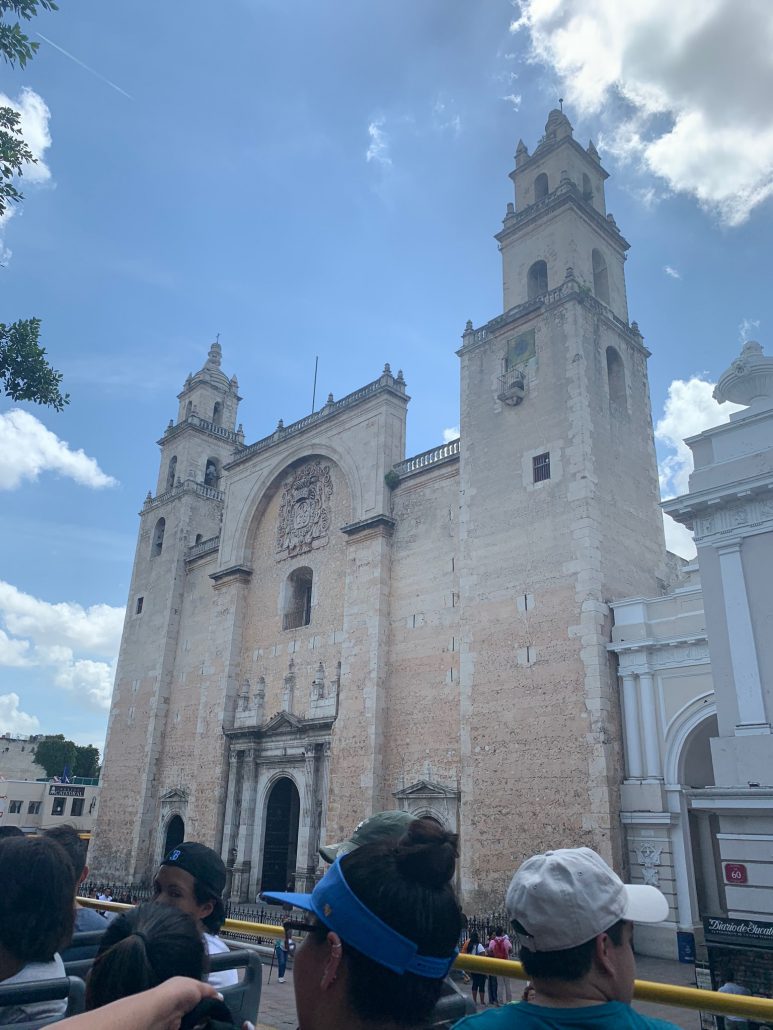
Ice cream shops
This needs no explanation 🙂
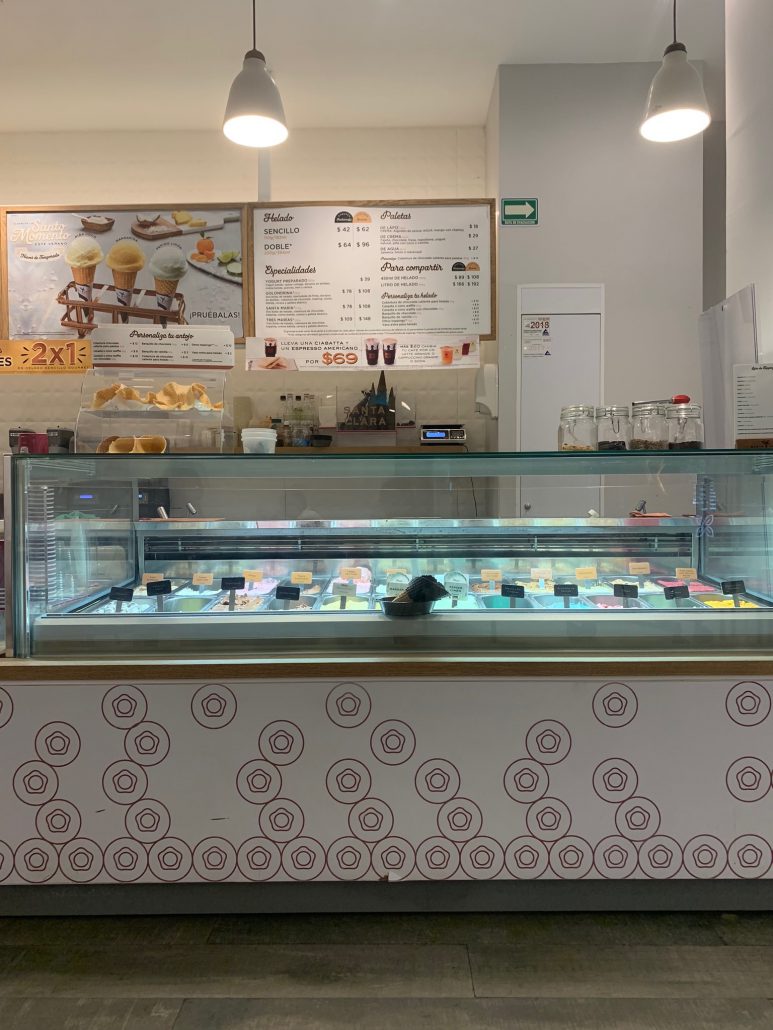
After a long day, I’m ready to get into bed (unfortunately not a hammock) and start getting ready for school on Monday!
Andrea Zheng studied abroad in Merida in Summer 2019. https://ieo.ucla.edu/travelstudy/Span-Mexico/



